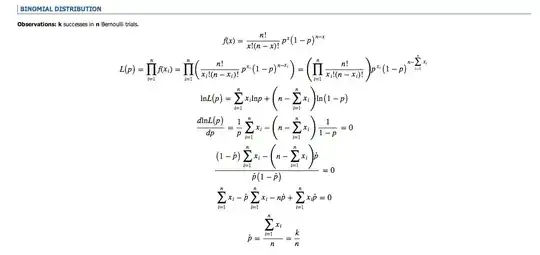I am working with a small dataset (15 points), and have built a liner regression model (two explanatory variables). I then performed LOOCV. One of the points has an error that is noticeably higher than the rest. When I try to build a new regression model without this point, my model looks better (both in terms of statistics and getting the rank ordering right). Can I say that this point is an outlier and possibly outside of the domain of applicability? Can I use LOOCV like this, or should I use something else?
Any help is appreciated.
